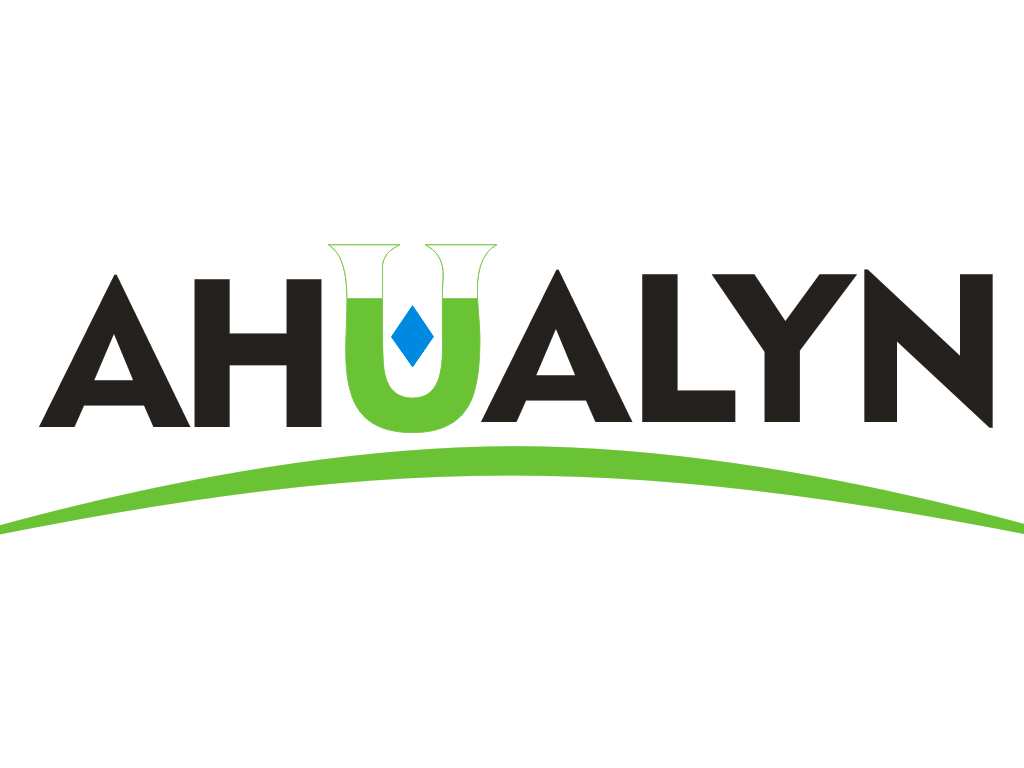
Privacy statement: Your privacy is very important to Us. Our company promises not to disclose your personal information to any external company with out your explicit permission.
![]() February 17, 2022
February 17, 2022
Do phytochemicals such as Carotene, Lycopene, anthocyanin, etc. belong to the 5 major nutrients? If not, why is it good for health? What are their absorption or metabolism pathways?
Phytochemicals such as carotene, lycopene, and anthocyanin are nutrients. These are mainly nutrients needed by the eyes, which are used for Anti-Aging of the eyes, resisting light damage, preventing eye diseases and so on.
When girls go out, they should wear sunscreen if there is any sun, and hold an umbrella when there is even a little bit of sun. This is actually because of the ultraviolet rays outdoors. Ultraviolet rays cause facial skin oxidation, which is the main cause of skin aging.
Now our eyes are exposed to various types of artificial light environments, and are exposed to shorter wavelengths of ultraviolet light, violet light and blue light for a longer time. These are mainly the three major light rays that cause the eyes to generate toxic free radicals and induce oxidative damage to the eyes. Photoreceptor cells age, causing eye aging and eye diseases.
Carotene, lycopene, and anthocyanin, although they are all different nutrients, all belong to the category of antioxidants.
Lycopene here is also a carotenoid, which is a 40-carbon isoprenoid polymer formed from 8 isoprene units linked end to end. This special chemical structure determines its strong antioxidant ability, which can remove free radicals generated in the eyes by ultraviolet, violet and blue light, and prevent the free radicals from continuing to damage the photoreceptor cells in the eyes.
Carotene can be converted into Vitamin A in the body, which is conducive to maintaining the normal metabolism of human epithelial tissue and preventing dry eye disease and keratomalacia. Vitamin A is also directly involved in the formation of rhodopsin in the rod cells of the retina. If it is lacking, it will reduce the dark-adaptive ability of the eye and even lead to night blindness.
Anthocyanins, a type of flavonoids, are water-soluble natural pigments widely present in plants. They are not only powerful antioxidants, but also the most effective scavengers for removing free radicals in the eyes. Anthocyanins have the function of protecting vision, can effectively prevent the protein oxidation of the eye lens, lens opacity, prevent the generation of cataracts, and prevent and help delay eye diseases such as macular degeneration. In addition, anthocyanins can improve the visual acuity of human eyes and improve human vision by activating and promoting the synthesis of rhodopsin in retinal cells; enhancing the circulation of eye microvascular, promoting the regeneration of rhodopsin in retinal cells, preventing high myopia and Retinal detachment, improve vision and relieve eye fatigue.
What are the absorption or metabolism pathways of these eye nutrients?
Intraperitoneal administration of 108 mg of anthocyanins in rats showed that anthocyanins were completely absorbed and distributed into ocular tissues, including cornea (20.6 g/g), aqueous humor (6.7 g/mL), ciliary body and Iris (12.9g/g), sclera and choroid (245g/g) and retina (6.89g/g) with a plasma concentration of 2.30g/mL. The total concentration of anthocyanins in several eye tissues is higher than the total concentration in plasma, indicating that when nutrients are supplemented, most of them will finally be concentrated in the eye tissues.
There are two main ways for the eyes to absorb nutrients, lymphatic circulation and blood circulation. After being absorbed and decomposed by the stomach and intestines, the lipid nutrients will enter the blood and be loaded into the lipoproteins in the blood, so as to pass through the blood-retinal barrier with the blood flow and be replenished to the eye tissue.
For eye tissues without blood vessels, such as the vitreous body, ciliary muscle, and cornea, it needs to rely on lymphatic circulation to supplement, and with the flow of fluid in the eye, nutrients are transported to the avascular eye tissues. In order to allow people to supplement nutrients faster, people use technology to directly load eye nutrients in eye patches, and through transdermal administration, the nutrients penetrate into the capillaries under the eyelids, enter the blood circulation and lymphatic circulation, and shorten the delivery of nutrients. , which significantly improves the replenishment efficiency.
Therefore, when supplementing the eyes with nutrients such as carotene, lycopene, and anthocyanin, we can choose eye patches. But choose carefully, there are many eye patches, and there are many fake ones that have no effect. It is best to choose lipophilic eye patches, because most of the nutrients are fat-soluble. For example, the lutein eye patch of Antiblue is one of many lipophilic eye patches.
The above is the What are the benefits of carotene, lycopene, anthocyanin and other phytochemicals to the human body? we have listed for you. You can submit the following form to obtain more industry information we provide for you.
You can visit our website or contact us, and we will provide the latest consultation and solutions
Send Inquiry
Most Popular
lastest New
Send Inquiry
Send Inquiry

Ms. Alice
Tel:+86-029-81138161
Fax:
Mobile Phone:+8619992821278
Email:info@ahualyn.com
Address: Rm. 1208, Building B, Huixin IBC, No. 1 Zhang Bayi Road, High-tech Zone, Xian, Shaanxi
Related Products List
Mobile Site


Privacy statement: Your privacy is very important to Us. Our company promises not to disclose your personal information to any external company with out your explicit permission.

Fill in more information so that we can get in touch with you faster
Privacy statement: Your privacy is very important to Us. Our company promises not to disclose your personal information to any external company with out your explicit permission.